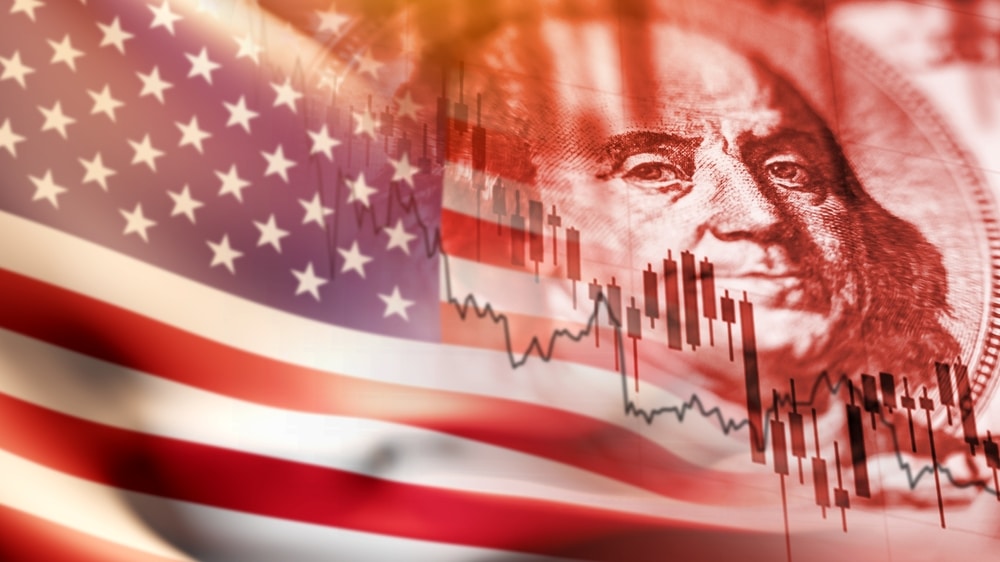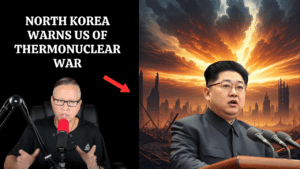(OPINION) Current debates around the international monetary system focus on de-dollarization. Despite modest shifts to other currencies and gold, the U.S. dollar remains dominant due to its incumbency, large share of trade and reserves, liquid capital markets and the absence of obvious replacements.
But that misses the central issue: a universal trading and reserve currency is needed because of underlying imbalances in trade and savings.
Where India imports more from than it exports to China, if denominated in rupees, then the Chinese have surplus Indian currency to be invested or used for purchases. If denominated in Chinese yuan, India has to finance the deficit. Unless there is unrestricted access to investments or funding in the relevant currencies, using an acceptable convertible third currency facilitates trade.
Imbalances also reflect mercantilist policies described by Thomas Mun, a director of the East India Company in the early 1600s. The objective is to export more than you import and amass surpluses to finance control of resources and assets.
Consistent with this model, and often assisted by advantageous currency rates and protectionism, many East Asian countries and Germany have historically generated trade surpluses and accumulated large reserves. Outsourcing by advanced economies to lower costs and minimize emissions is an additional reason.
Another driver of imbalances is the significant savings in surplus countries, frequently because of modest domestic consumption, import restrictions, low credit availability and limited state social infrastructure for education, the elderly and health care.
For petro-states, small populations contribute to trade surpluses and excess savings. Where these amounts cannot be invested locally, they are exported through purchases of foreign assets denominated in liquid, convertible currencies.
Several developments are now reducing trade and saving imbalances which will, in turn, diminish the need for reserve currencies.
Rising barriers to trade may decrease mismatches between exports and imports. In the 2020s, an average of just five free trade agreements were signed each year, half that in the 2000s. In 2023, nearly 3,000 trade restrictions were imposed globally, five times the number in 2015.
Unsustainable trade deficits, such as that of the U.S., at 3.4% of its gross domestic product, or more than $800 billion, is one factor. National sovereignty and security concerns are another.
The pandemic, transport disruptions and wars in Ukraine and Gaza have highlighted the vulnerabilities of long, transnational supply chains for food, energy, medical supplies, raw materials, chips and armaments. This is exacerbated by anti-globalization pressures from voters marginalized by the deindustrialization of some advanced economies.
Tit-for-tat trade wars and industrial policies, which frequently mask subsidies, are accelerating. Both U.S. presidential candidates support beggar-thy-neighbor protectionist policies.
The U.S. Inflation Reduction Act and proposed European Union import restrictions on EV imports are evidence of these trends. Re- or friend-shoring will persist. Sanctions and limits on technology transfer further limit activity.
Global capital flows may decrease due to lower surpluses, as well as increased risk to cross-border investment from sanctions and asset seizures, as well as a mooted U.S. tax on inbound investments.
The retreat from free trade and capital flows, driven by a self-reinforcing combination of economic, political and social pressures, is pushing the world towards autarky — closed economies with limited international trade or capital flows.
While only large countries or aggregations — the U.S., the EU and China — are self-sufficient enough to survive substantially alone, the broader trend may be toward trade blocs. Rather than geographical groupings, these may be between geopolitically like-minded and industrially complementary trading partners; for example, Russia (rich in natural resources) and China (a manufacturing powerhouse).
Trade and capital flows within these groupings would be more balanced under such arrangements. Individual surpluses or deficits would multilaterally offset with the bloc, much as they do within the EU, excluding energy imports.
This reduces the need for a dominant reserve currency, splintering demand into multiple currencies needed to support specific trade and investment flows. The expansion of the BRICS, redenomination of some trade and establishment of non-dollar payment systems are tentative moves in this direction.
Such a shift in the global trading and monetary system would damage potential growth and living standards. The role of exports in driving economic activity will weaken. Moving away from the principle of comparative advantage reduces efficiency, encourages suboptimal scale production facilities and requires large buffer inventories.
It increases the cost of and reduces access to many goods and services. For emerging economies, traditional development paths reliant on trade, technology transfer and foreign investment would be more difficult.
Capital markets could be destabilized in the transition to a new system. Debtor countries, such as the U.S., may find it more difficult to fund continuing budget and trade deficits.
Dollar interest rates may rise, affecting borrowers globally. Foreign exchange markets will exhibit greater volatility. For creditor countries, existing investments may lose value. Investment options may be constrained.
Asian policymakers assume continuation of the dollarized status quo. Central banks and sovereign wealth funds continue business as usual favoring U.S. investments. But trading and investment relationships require careful reappraisal and reshaping. This might entail enhancing or creating new multilateral trading blocs with more balanced trade and capital flows.
New trading and investment currencies require consideration. Foreign exchange swap arrangements between central banks to finance gaps in monetary flows may be required.








